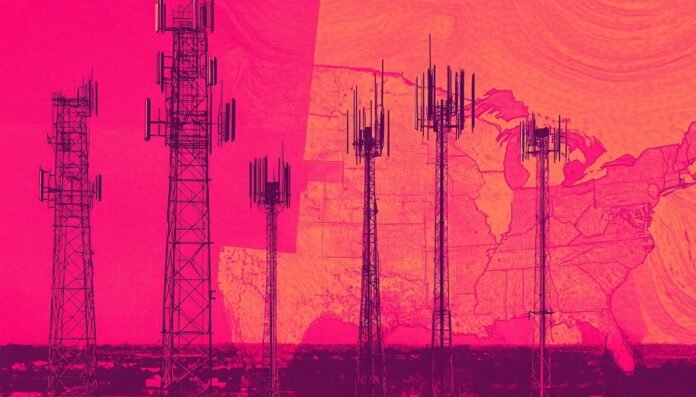- T-Mobile executives explained how they are using AI to improve the network
- It’s a model that relies on billions of data points to assess the customer experience across the network
- Is it unique? Perhaps, but other operators are also using AI to strategically map out network optimization
For competitive reasons, wireless carriers typically don’t reveal too many details about their network expansion and upgrade plans. So when T-Mobile executives were asked on Wednesday’s Q3 earnings call to explain their plans for mid-band 5G upgrades, they steered the conversation toward the tools they use to determine how they’ll expand coverage — in rather than detailing exactly where and when they will be deployed.
Their approach – and brace yourself, this is going to be a real shocker – is based on artificial intelligence (AI). In short, they use “billions and billions” of data points to assess what customers are experiencing across the country. This data is assigned a Customer Lifetime Value (CLV) and plotted in a grid across the country. Think of millions of little hexagons on a map of the US
“We assign these values to the competition so that we know exactly where we can build to satisfy customers,” said T-Mobile President of Technology Ulf Ewaldsson. “Ultimately, this is not a POP action where you just chase population groups and where population groups live. It is a much more complicated art to figure out where customers will most appreciate our construction.”
Behind the curtain
It is not the first time that T-Mobile has talked about using AI to improve its network.
At the company’s Capital Markets Day in September, Ewaldsson described how they split data sets into what they call these hexagonal chunks of geography that are about 165 meters wide, with even smaller chunks in urban areas. In each of the ‘hex bins’ they can study the billions of data points and every single network interaction happening in that area.
For example, if there is a dropped call, a weak or imperfect signal, the system can detect that and see if it triggers a call to customer service. That information and more is used to determine what, if any, changes they will make to the network – whether it’s tilting an antenna or upgrading the equipment of some kind.
Ewaldsson described it as transformative in the way they think about building and optimizing the network. They can understand the value of every dollar they invest and how that translates into customer satisfaction.
T-Mobile CEO Mike Sievert said T-Mobile’s approach is different than what many others are doing to prioritize network improvements.
But it’s not entirely clear how this differs from rivals’ strategies.
Verizon has been using AI for years for network deployment, management and optimization, including coverage optimization. AI is used to determine how Verizon allocates network resources, predict energy consumption at the cell site level and answer common language questions about network usage and performance, a spokesperson told Fierce.
AT&T also uses AI tools in its network planning. “We use a mix of traditional and generative AI tools to simulate coverage in different regions and plan potential deployments. This helps us understand where to best expand 5G coverage and how to configure our network to optimize performance,” an AT&T spokesperson said via email.
Increasing the AI strategy
IDC analyst Jason Leigh said he doesn’t know if T-Mobile’s AI push is unique or if the question raised during the Q3 earnings call just gave it an opportunity to talk about it.
Either way, it shows that T-Mobile is trying to be more aggressive in its use of AI. In fact, during Capital Markets Day, Sievert said they were “inundated with data” and needed to get better at collecting, organizing and interpreting data to drive not only strategy, but day-to-day business decisions and customer engagement, Leigh noted .
“To be clear, operators have been using AI to manage network traffic for years and are always looking to use data analytics – and perhaps AI – for coverage planning and to inform capex strategy. That’s nothing new,” Leigh said. “But Ulf’s comments show that T-Mobile is trying to take its existing competency in data analysis and interpretation to the next level, to become even more tactical and surgical in the way they use data to make more decisions of micro-enterprises.”
Roger Entner of Recon Analytics said what T-Mobile is doing is somewhere between “evolutionary and revolutionary.”
“This is an improvement to improve on what they have traditionally done,” he said. “They make it better, faster and with more dimensions. This means that many more data points are linked together than would normally be the case.”
“Now they are working in more detail and using more data points. I think it’s a great application of AI and it goes after one of the lower hanging fruits,” concludes Entner. “It’s the beginning.”





